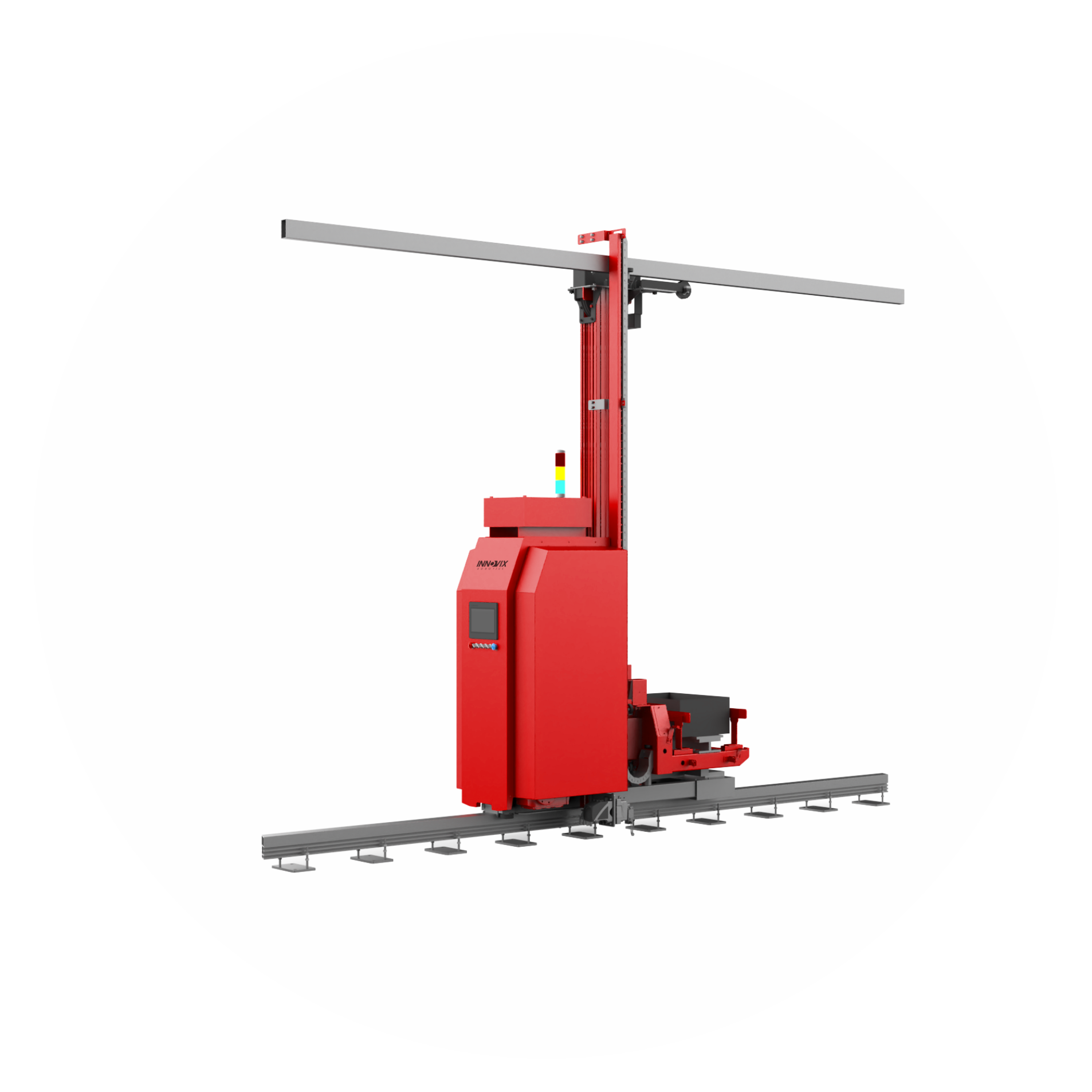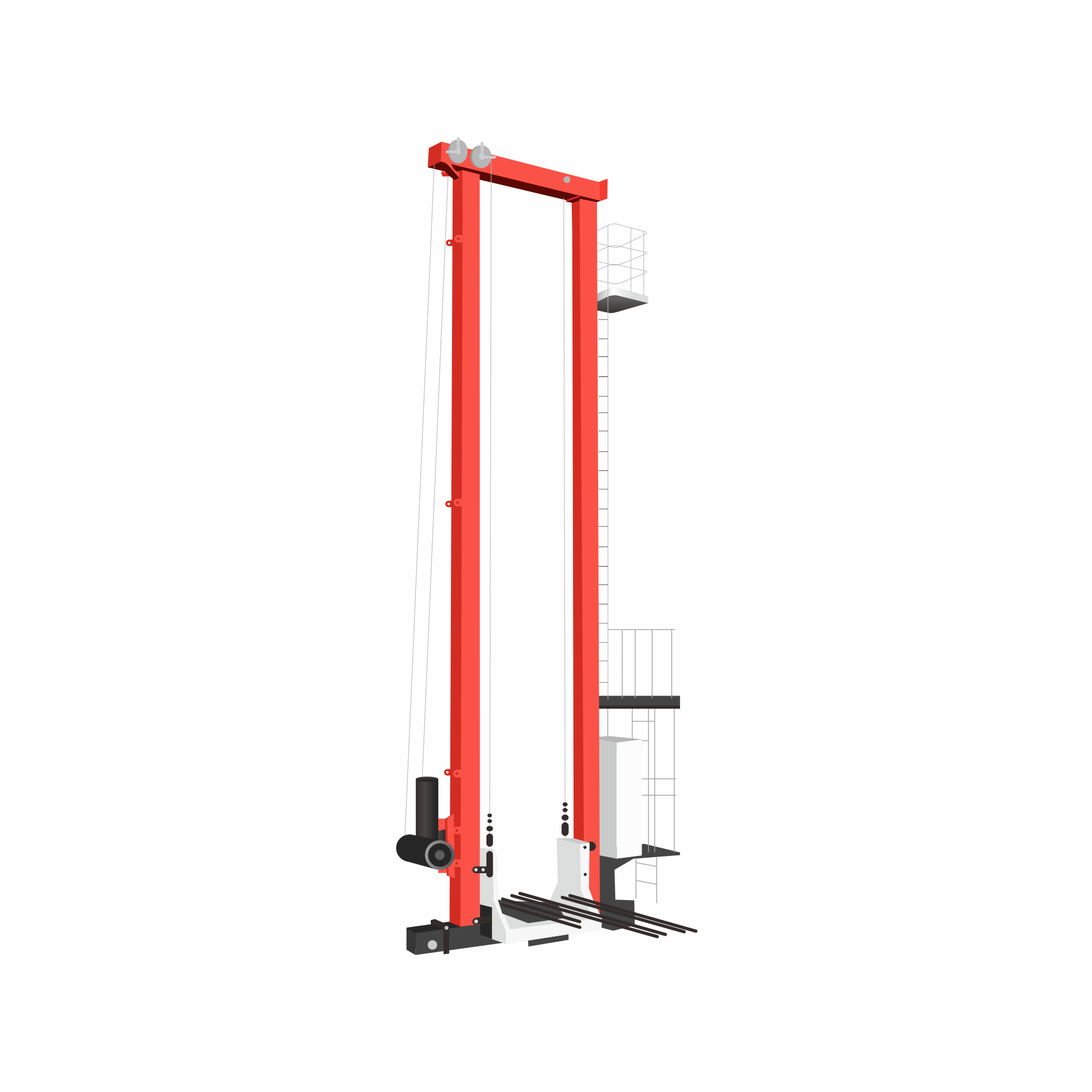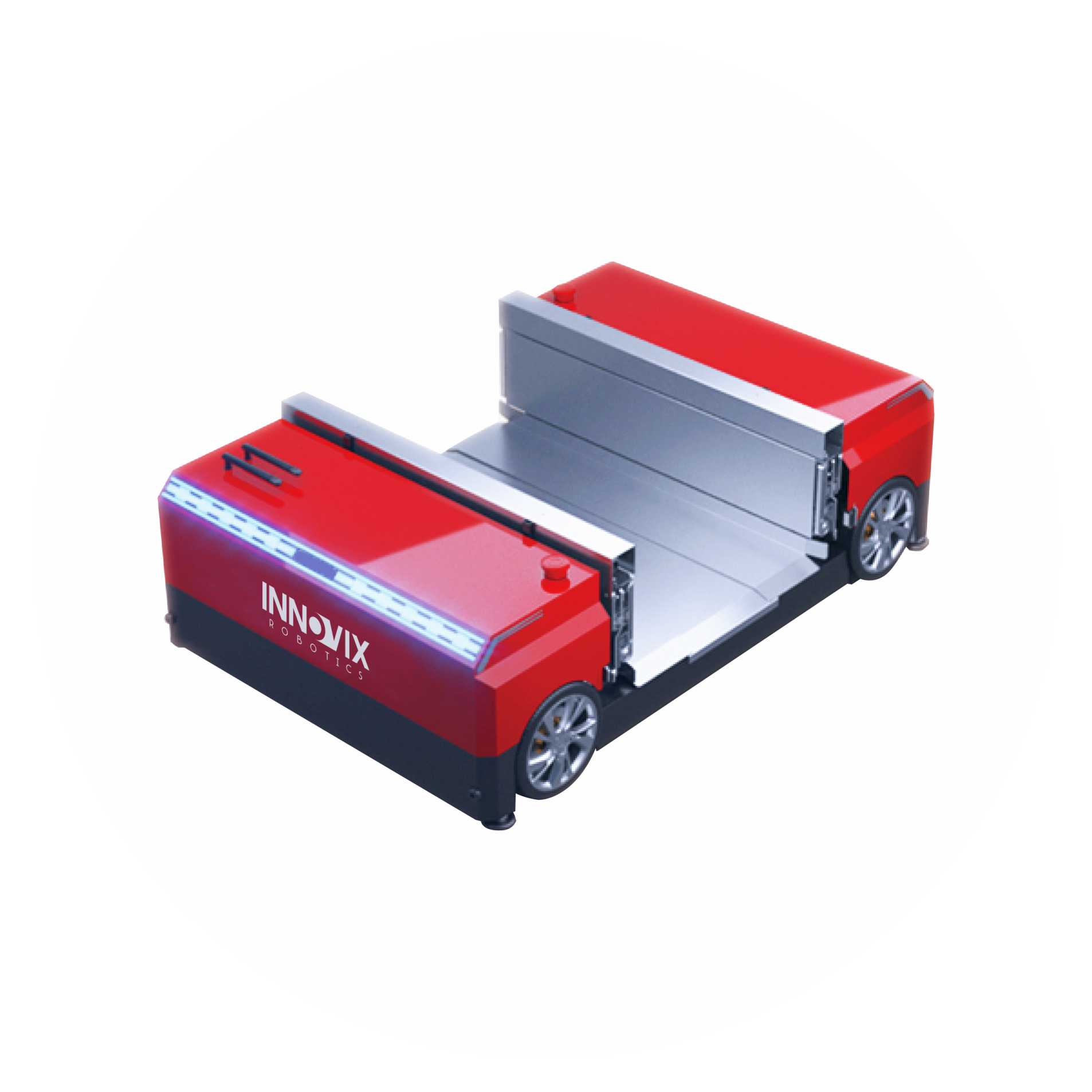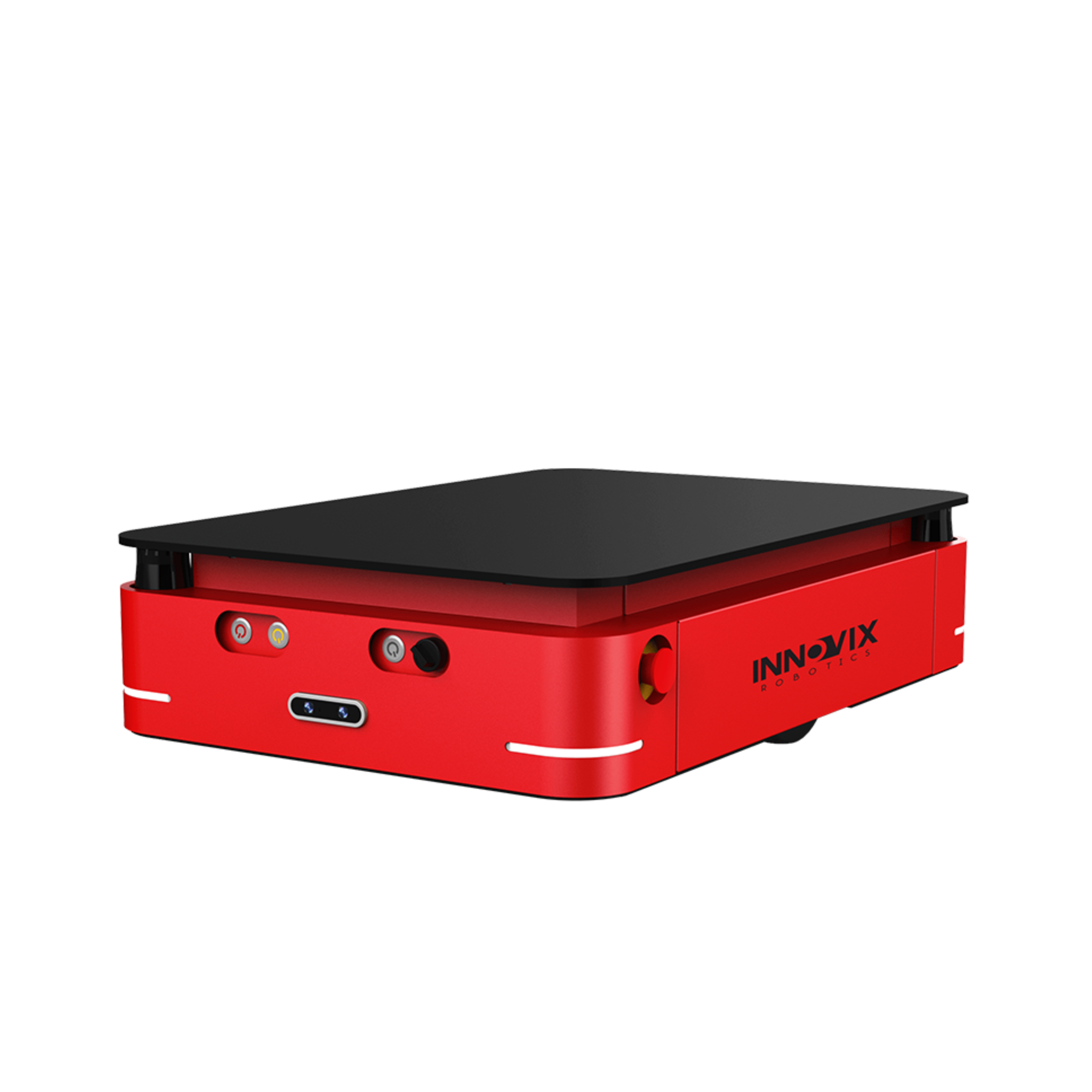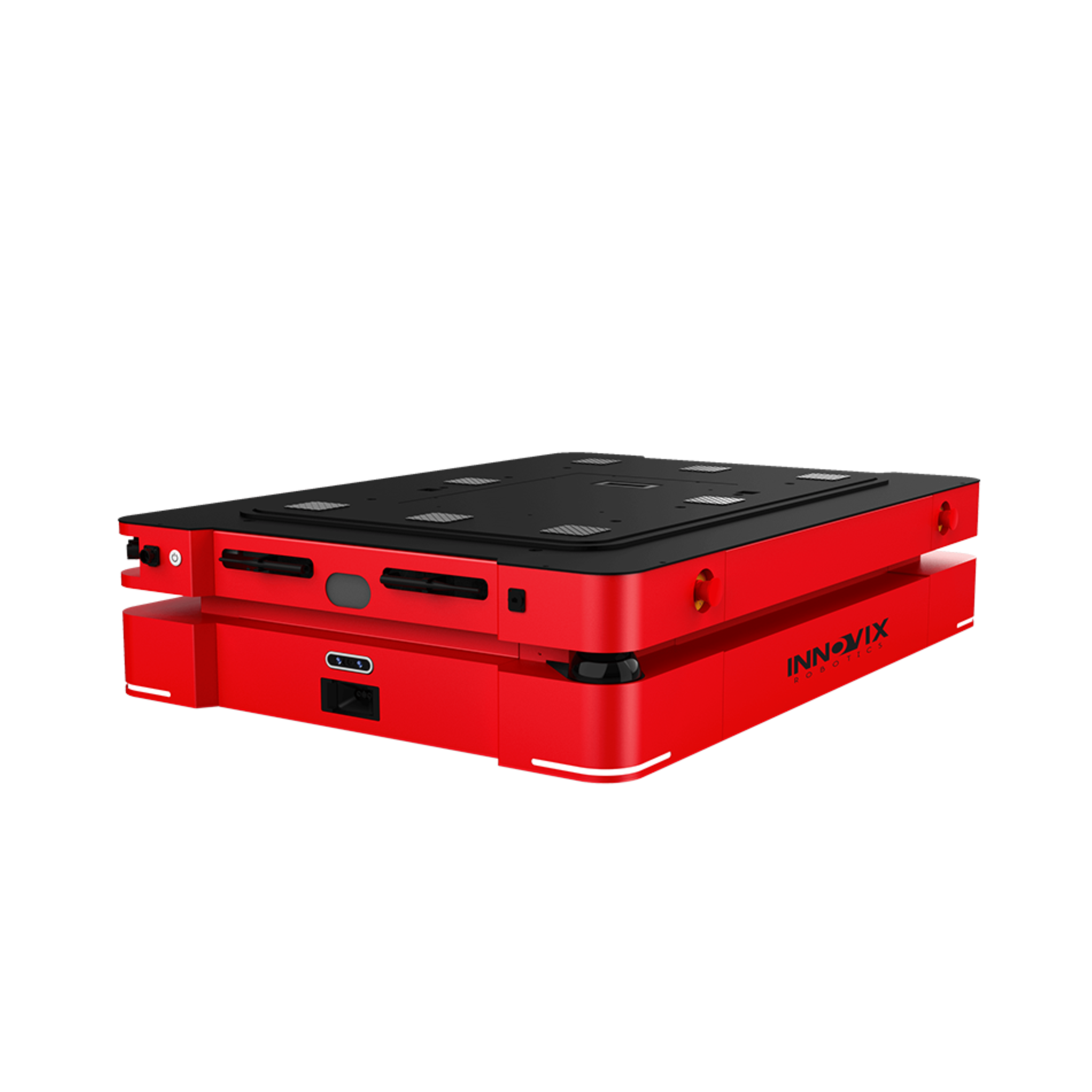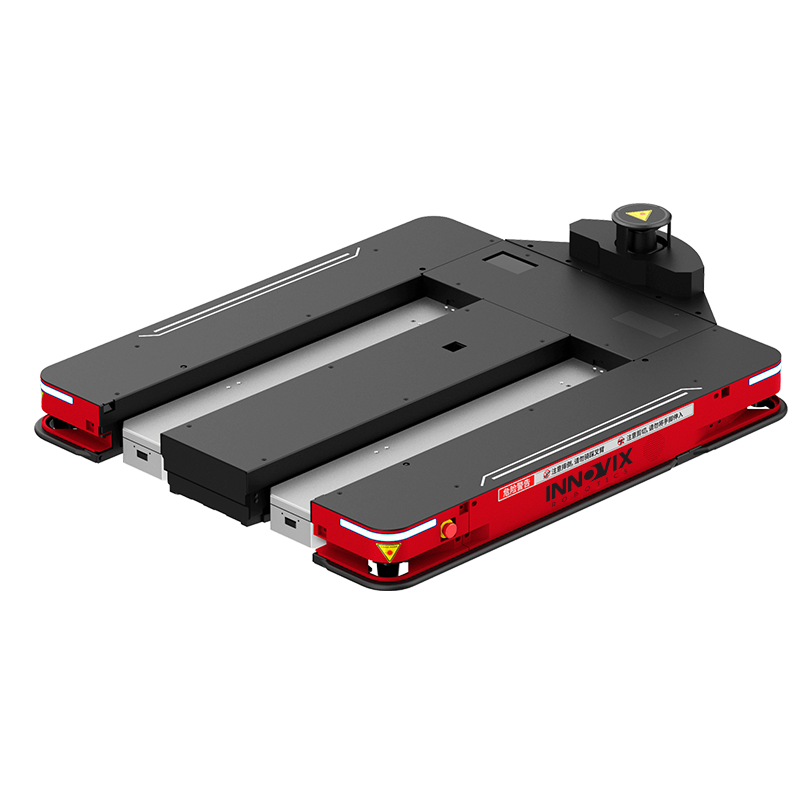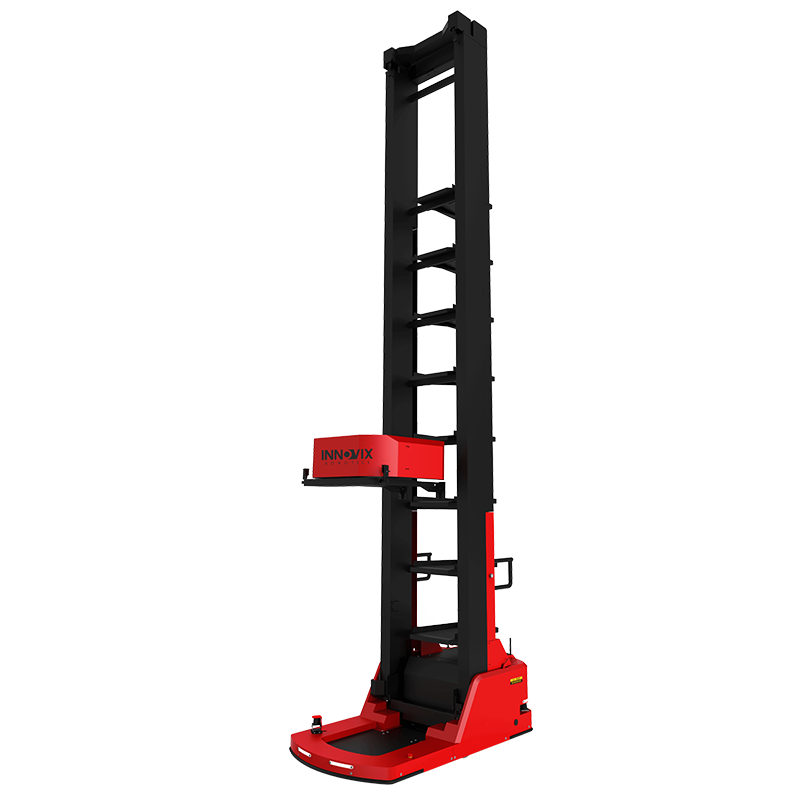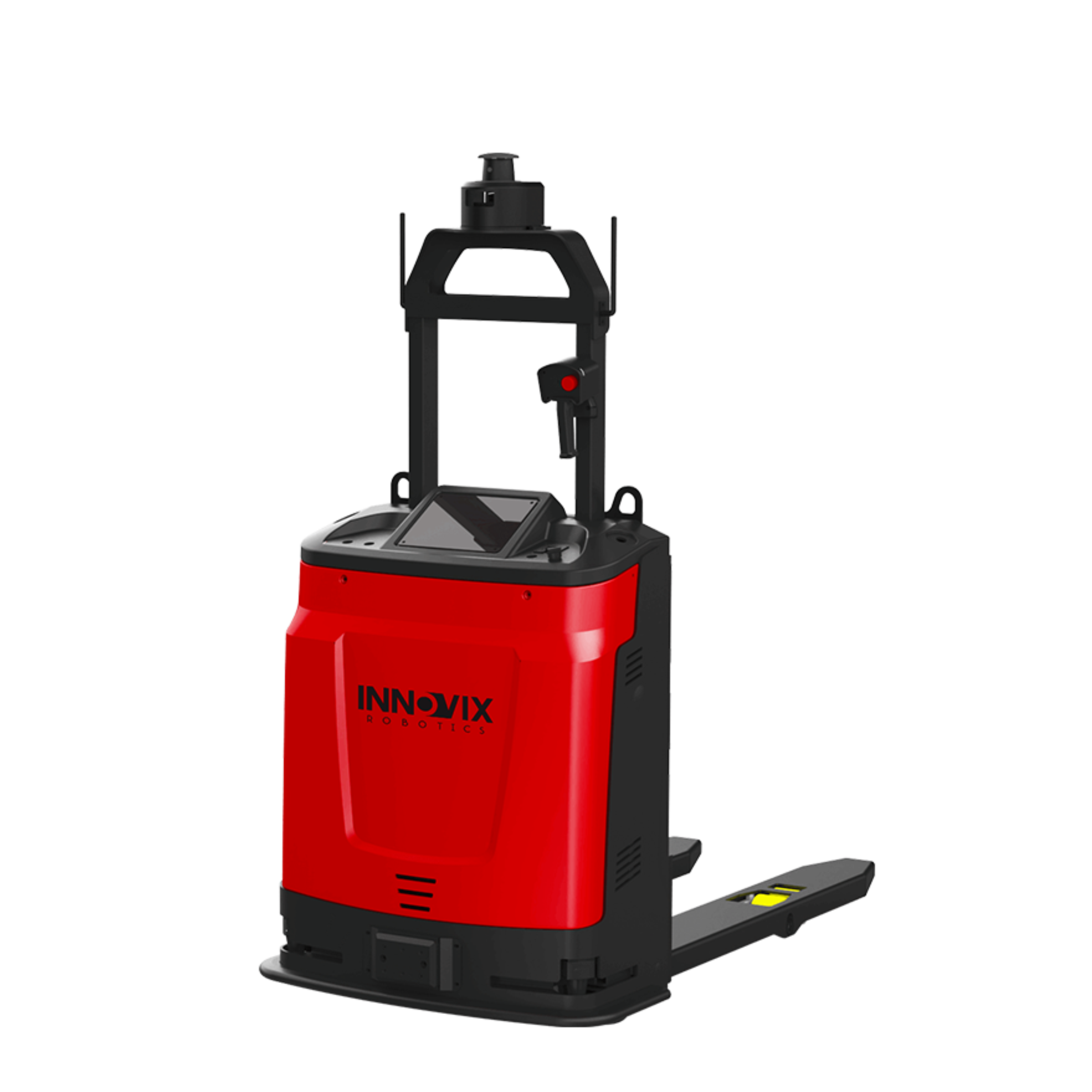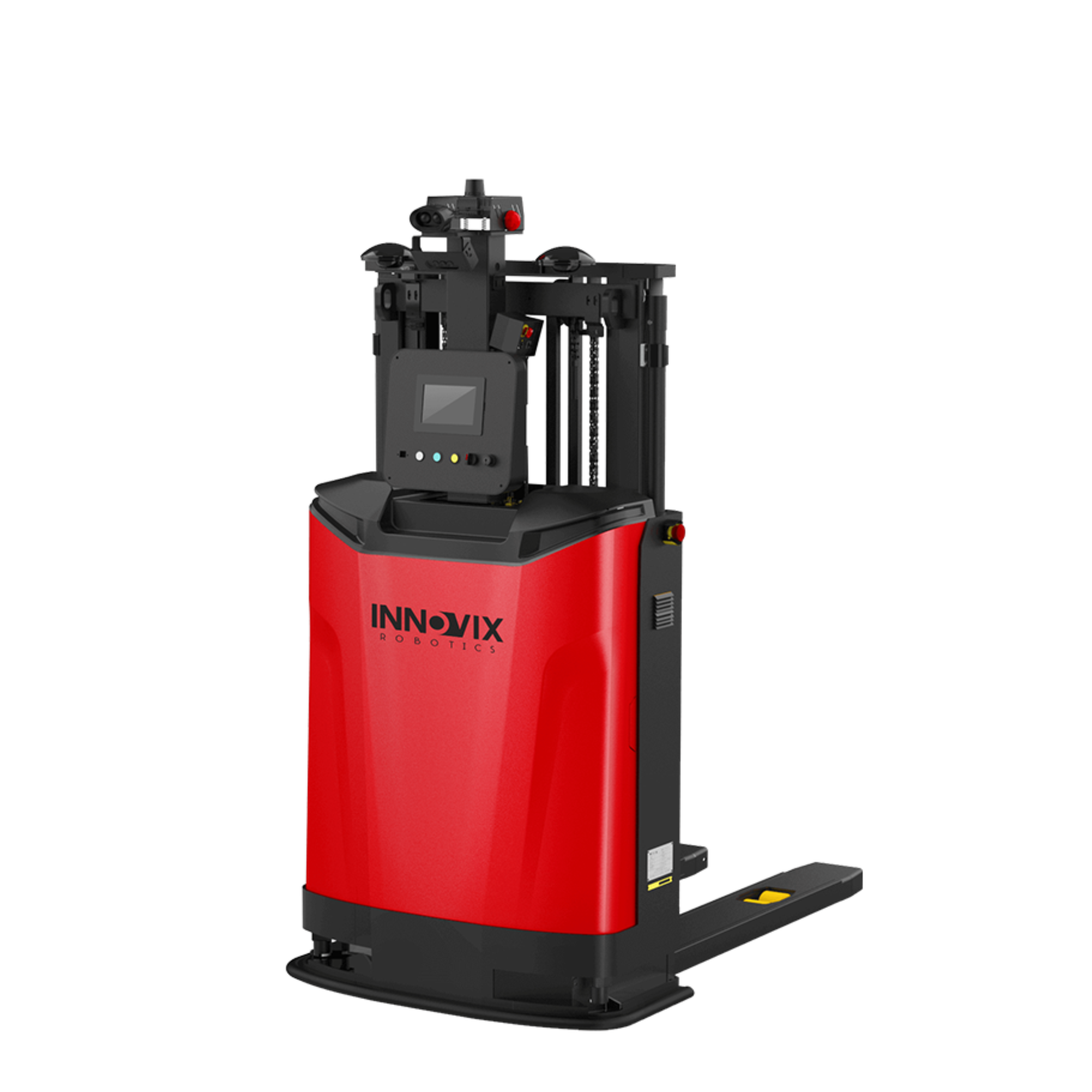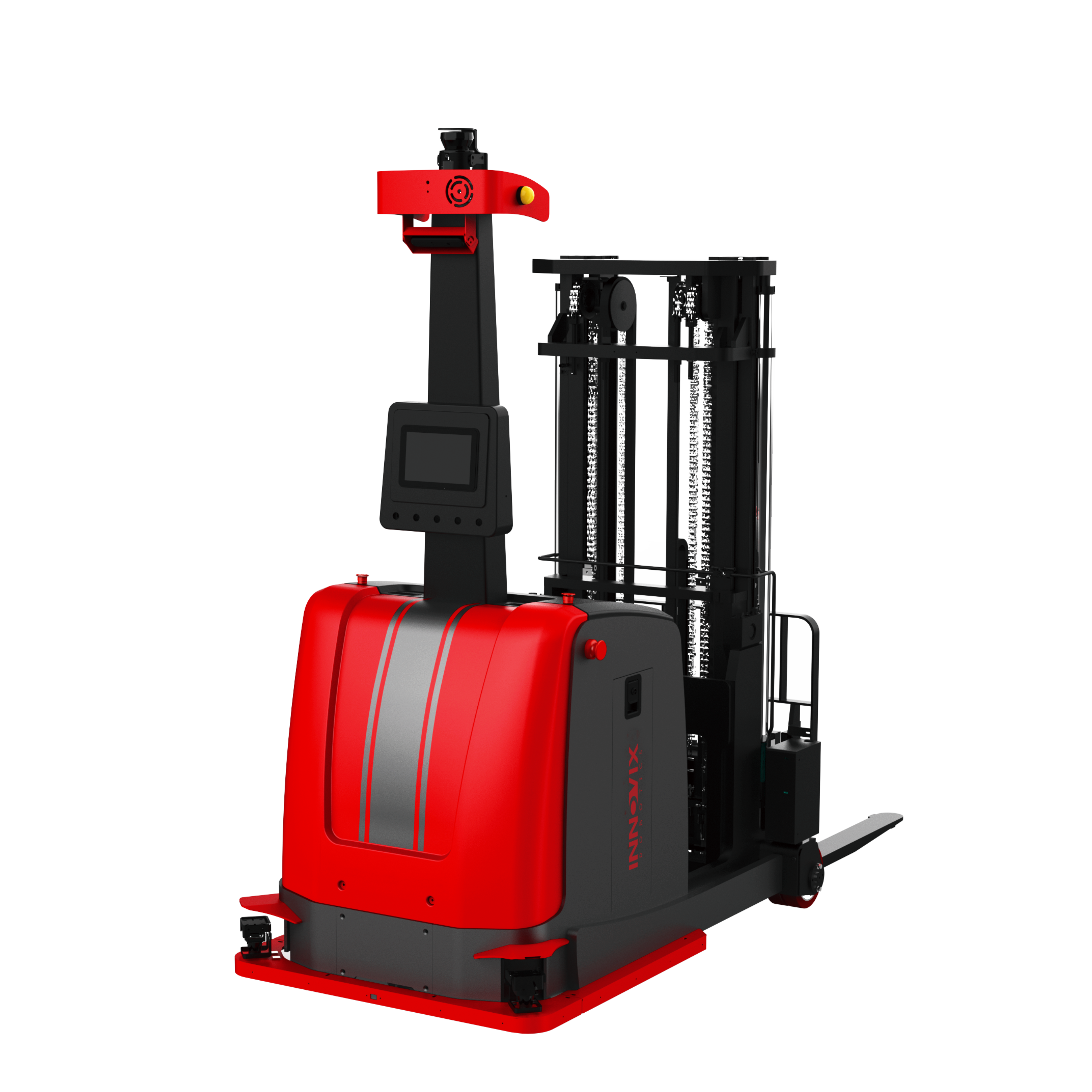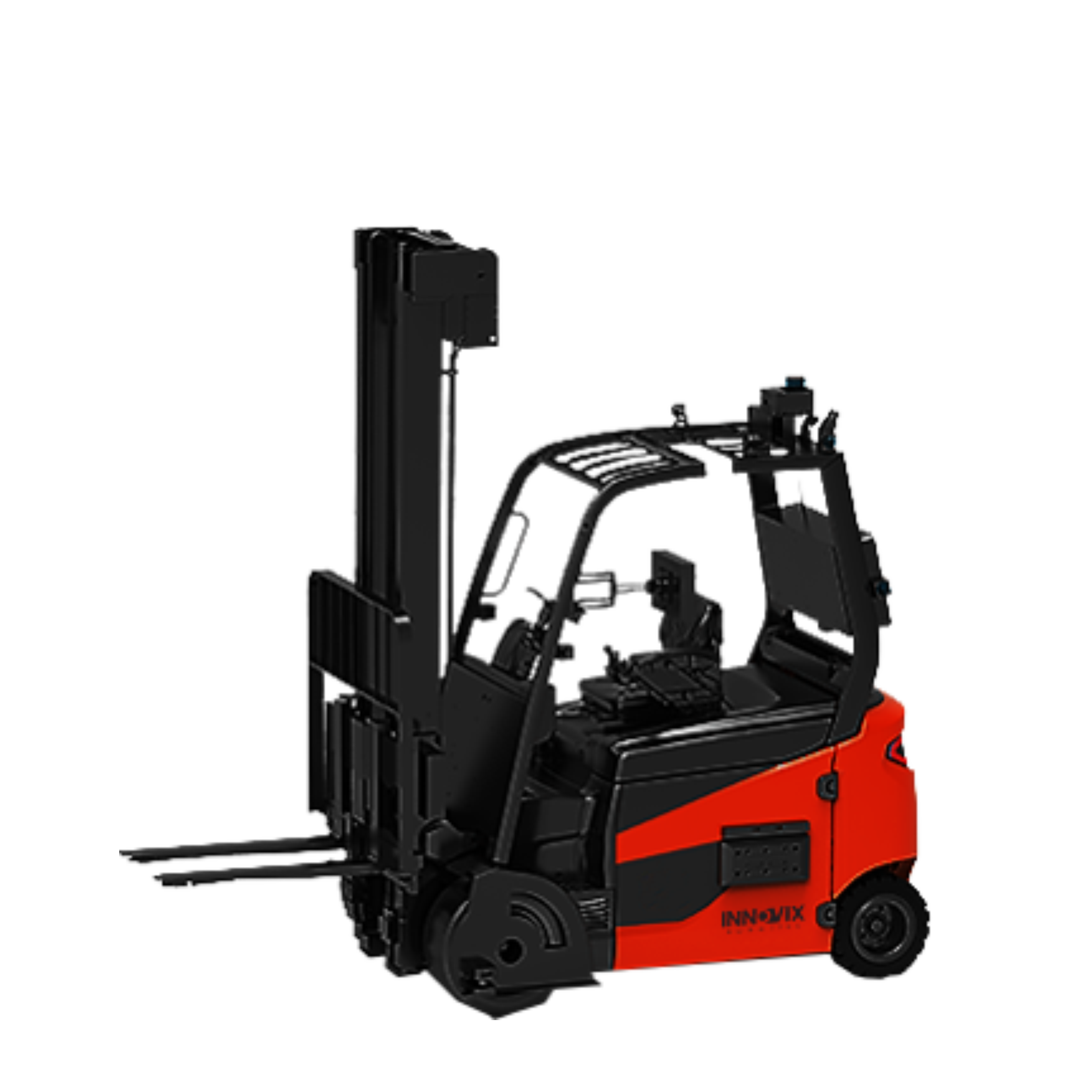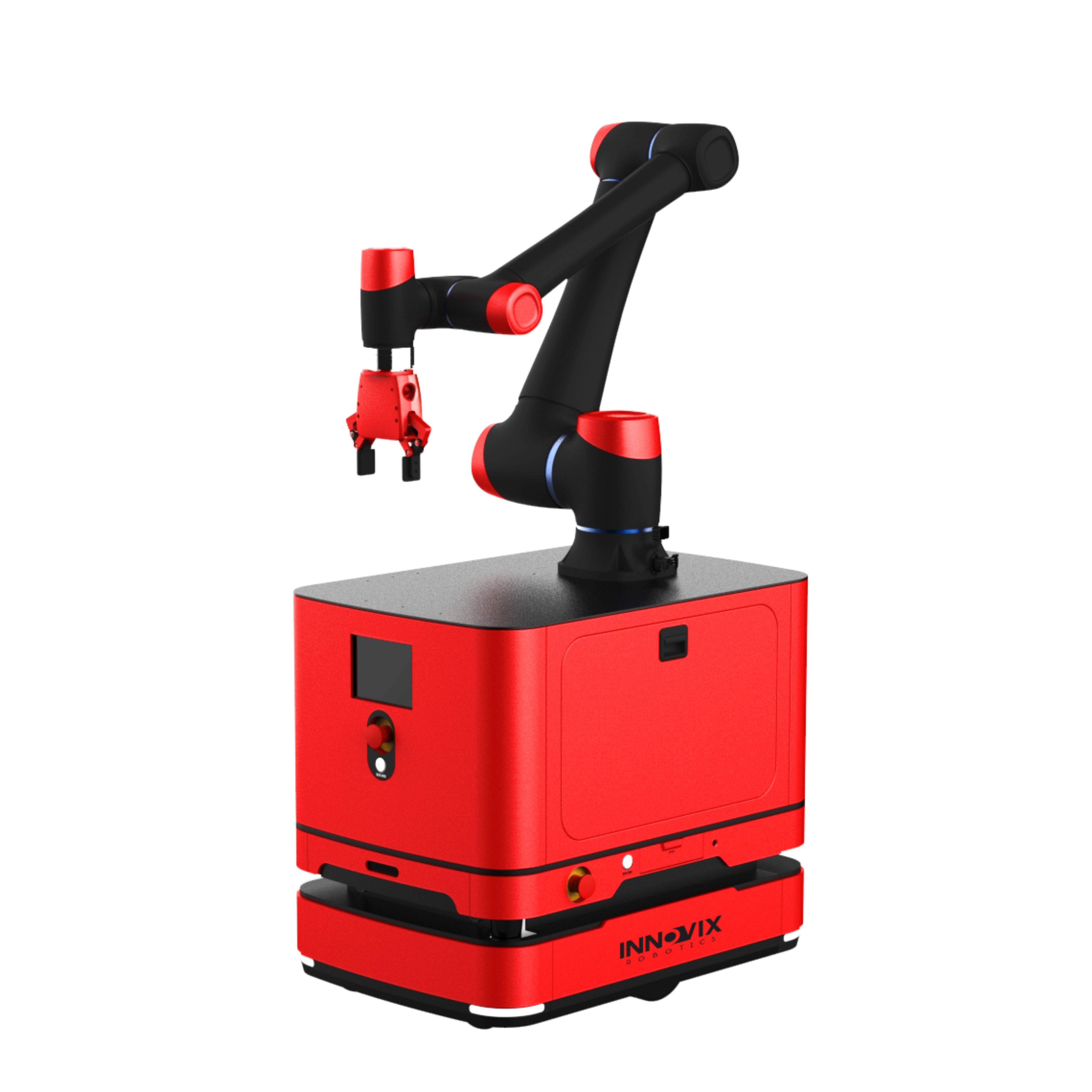Innovation is the inevitable trend of the development of manufacturing industry, and it is also the inevitable way to promote China's transformation from a manufacturing power to a manufacturing power. Talking about innovation in the manufacturing industry, we can't get around robots, as a strong player in independent innovation, domestic robots have "killed" a blood road for China's high-end manufacturing industry.
Especially in recent years, the Chinese government and the robot industry are also constantly thinking about how to help the modernization and innovation of the robot industry chain.
Hao Yucheng, a member of the National Intelligent Manufacturing Expert Advisory Committee, proposed that building the modern industrial technology system and architecture of robots, cultivating the leader of robot platform technology innovation, enhancing the leadership of the industrial chain of robot industry clusters, strengthening the standard innovation of system and component product interfaces, and building platform leaders and supplements are the five key paths of innovation ecology.
In fact, China has also achieved remarkable results in the process of continuously promoting the innovation of the modern industrial system of robots.
In recent years, many robot-related products or technologies that used to stay in the concept have become reality.
In terms of humanoid robot innovation, after Tesla released "Optimus Prime", the related layout of domestic humanoid robots is becoming more and more perfect.
Enterprises represented by Tesla, Xiaomi, Xiaopeng, and iFlytek choose to set up humanoid robot business units within the company, while Dachang, dominated by Baidu, Tencent, and Meituan, choose to invest in or buy shares in emerging humanoid robot companies.
By November this year, the "Humanoid Robot Innovation and Development Guidance" issued by the Ministry of Industry and Information Technology has clarified the direction and goals for the development of humanoid robot industry and technology.
In terms of end-effector innovation, the call for "electric ventilation" has gradually increased since 2016, but the market share gap between electric grippers and pneumatic grippers is still very large. According to the data of the high-tech Robot Industry Research Institute (GGII), from the perspective of market structure, the current pneumatic grippers still occupy the majority of the market share, the Chinese market standardized pneumatic grippers accounted for more than 80%, and the electric grippers accounted for only about 5%; The proportion of standardized pneumatic grippers in overseas markets is more than 70%, and the proportion of electric grippers is about 19%.
In the final analysis, the market share of electric grippers is not growing as expected, and enterprises still need to fight technical strength, product innovation, and expand landing applications.
In terms of force sensor innovation, the domestic six-dimensional force sensor forces the traditional force sensor, with higher accuracy and cost performance to attack the high-end market, humanoid robot wrist flexibility and ankle stability is also inseparable from the six-dimensional force sensor credit.
In terms of robot software innovation, under the rapid iteration of AI, embodied intelligence has become the hope of overtaking the curve in the process of domestic industrial software to "China intelligent manufacturing", and Huang Renxun, the founder of Nvidia, has also said that "the next wave of AI will be embodied intelligence".
Professor Li Deyi, academician of the Chinese Academy of Engineering, believes that interaction, learning and self-growth are the core of embodied intelligence. However, at present, the road of embodied intelligence to help the manufacturing industry achieve full unmanned production is still far away.
In terms of machine vision innovation, domestic enterprise Yinniu Microelectronics helps 3D vision technology to the next level, its NU4100 high-performance vision AI processor integrates 3D vision, AI processing and VSLAM functions on a single chip, Yinniu Microelectronics insiders believe that 3D vision chips will also develop in the direction of improving system integration.
GGII predicts that the machine vision market size is expected to grow several times, the vision chip domestic alternative space is huge, to 2027 China's machine vision market size will exceed 56 billion yuan, of which, 2D vision market size will exceed 40 billion yuan, 3D vision market size will be close to 16 billion yuan.
However, industrial innovation is a "protracted war", the integrity and security of the industrial chain, and the rise of anti-globalization trends have affected the progress and level of industrial innovation. In the face of this situation, how should robot industry chain manufacturers effectively innovate and help the landing of new technologies and new products?
Article source: The above reprinted content are from the Gaogong mobile robot public number, not responsible for its authenticity, only for the purpose of spreading network information, non-commercial use, if there is any objection, please contact the person in charge of the website, the platform will be deleted.


